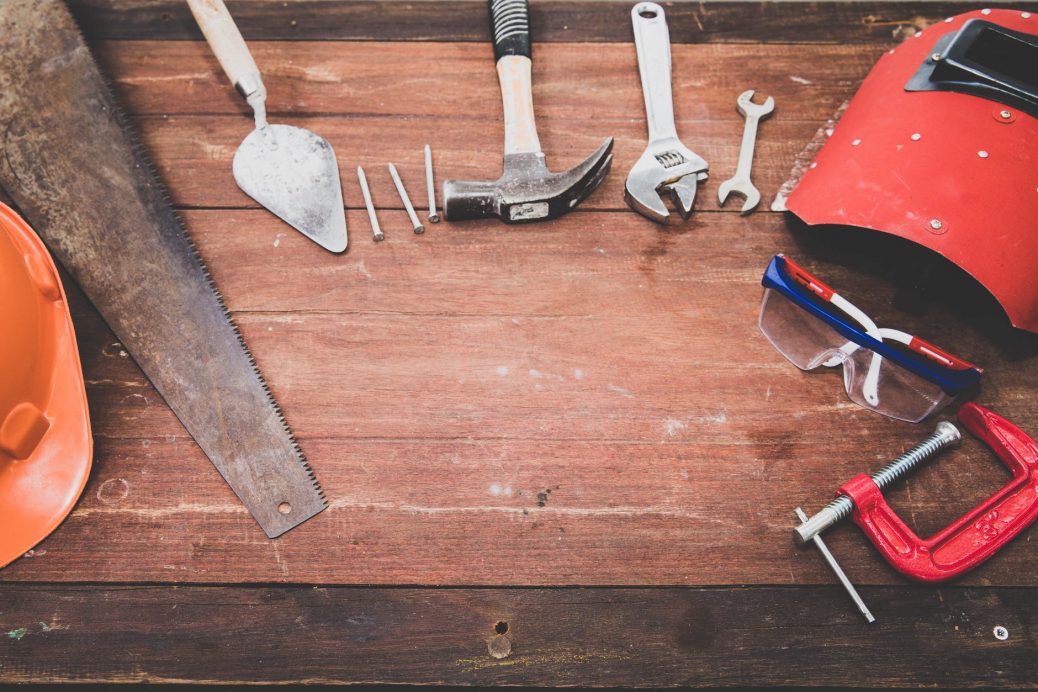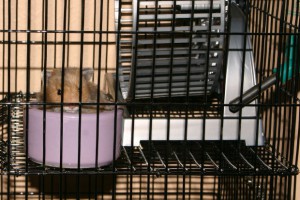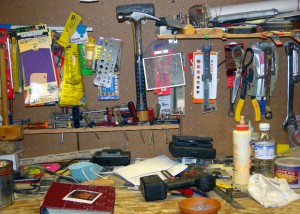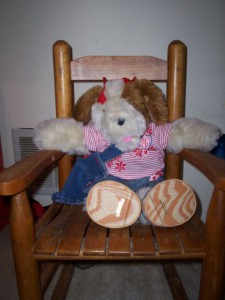By Pamela Gilsenan
If someone suggested that you start a library in your community, you would probably look at them oddly and say, “We already have a library.” Usually, when someone says the word “library,” we think of books and ancient instructional CDs. But what if we widened our definition of libraries to include holders of gathered materials, repositories of organized stuff, or collections of usable objects?
If you are a collector of stuff that other people enjoy or need, you have several options for that collection. You could store it in the basement (where it will become fodder for rats and mold). You could have a rotating display in your home. Or, you could start a community library.
In rural communities, these types of libraries don’t have to be huge collections. You probably have others in your community with your same passion that would add to your collection or at least come over and dust it once in a while.
Art library
A friend of mine paints as a hobby, but her finished canvases and framed works were crowding her little house. So she started a library — an art library. You can check out some framed originals for your walls to enjoy for a few weeks. Or, if your relatives are coming to visit, you can impress them with your good taste. She doesn’t charge anything and occasionally something gets ruined, but the reward for her is that other people get to enjoy her art. Sometimes the local café rents a few pieces of her collection for their walls, which helps pay for some new painting supplies. With the extra space and income, she now paints more and has lots to enter into regional art competitions.
Pet library
Martin is a farming neighbor who also commutes to a job several days a week. But his first love is his pets. He doesn’t have as much time as he wants to spend with them. His solution was a pet library. Kids, mostly elementary school age, check out his white rats, birds, fish, hamsters, little snakes, and gerbils. In the past he has had kittens and small dogs too. Sometimes young children and pets don’t mix. “It helps parents decide if their kids are responsible enough for their own pet,” Martin says. Borrowing is just for a couple weeks.
“That is about as long as some parents will tolerate a pet. Sometimes, the pets even come back early,” he laughs. Each pet goes home with a cage, the necessary food and instructions. You can check out a different pet, but two weeks is the maximum stay before Martin wants his pet back. “I would miss them too much otherwise,” he says. The local school teachers sometimes check out the pets for their classrooms. Martin will let these pets be gone for a whole semester. The pets escape or die sometimes, but Martin understands. He finds (or is gifted) more.
Tool library
A couple blocks from my house is a tool library. You can bring your car or bike to use the tools right there, or you can check them out. There are no power tools, but there are plenty of wrenches, hammers, and sockets for the taking. Folks are so grateful for the “library,” they volunteer their time to keep the tools clean and organized. Steve, the guy who started the library, says he sometimes finds extra tools when stuff is returned. “Most people don’t have the money or space to have quality tools for every need, so here is a resource for them. For me, it is just an excuse to have lots of cool tools.”
Sewing machine library
Most evenings and weekends, you can see my friend Sally sewing on her old front porch. Her library is a collection of sewing machines spaced around the cozy porch. Her sewing machines and sergers don’t go anywhere, but you can reserve them to sew or mend for up to half a day for a small fee. The fee goes towards the upkeep of the machines. If you get stuck because you can’t thread the machine or bobbin, she is there to help.
And where did Sally get all her machines? “Well, my mom and aunts and their mom and her sisters all sewed a lot. I inherited all their machines. I couldn’t bear to part with them, so this way I get to use them and share. I know folks are grateful because they leave fabric and notions for others to enjoy. I sew a lot more because there are people to sew with me.”
Toy library
As all parents know, kids get tired of their new toys in just a few weeks and want something different. As such, my favorite alternative library is a toy library. You have to be younger than 12 years of age to have a card at this library. My friend lives in a rural mountain town, where the community building has a corner called the “toy library.” Along with modern toys, the library has some toys that oldsters built and donated years ago.
Kids need to bring a parent to fill out the check-out information with your name and phone number. The limit is two age-appropriate toys per child. When the toys come back, they are sanitized and checked for needed repairs. Some toys became so popular that they are now in a “reserve” collection that can’t be checked out at all. But kids are welcome to sit on a big fuzzy rug by the pot-bellied stove and play with those toys for as long as they want.
Conclusion
So, decide what you want to do with your stuff, equipment, utensils, or devices. Will they stay in the basement for 50 years, coming out only for a retirement auction? Or will you share with like-minded people who will enjoy them as much as you do?




